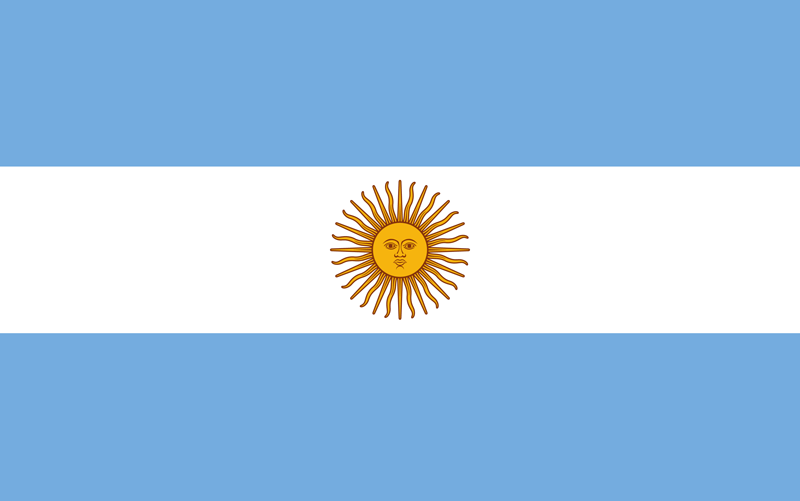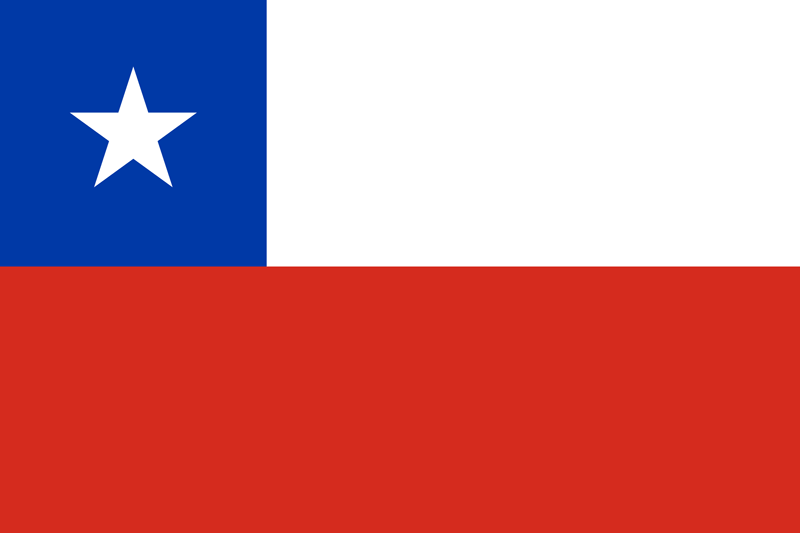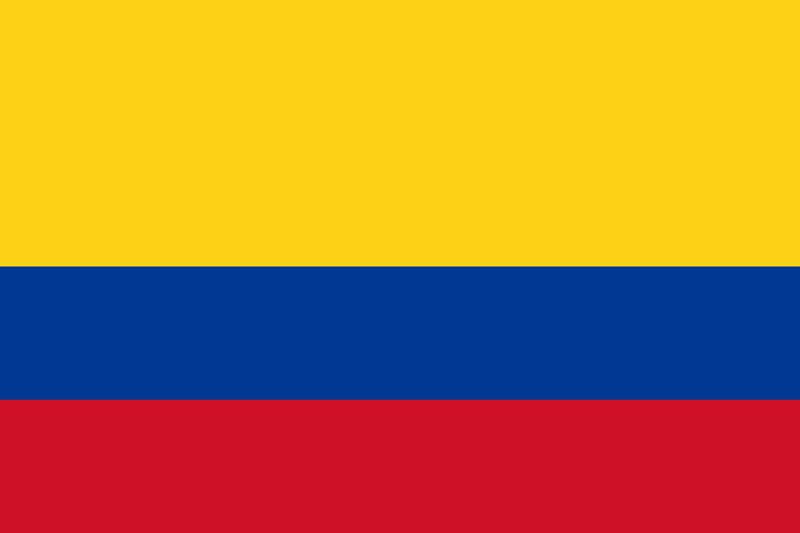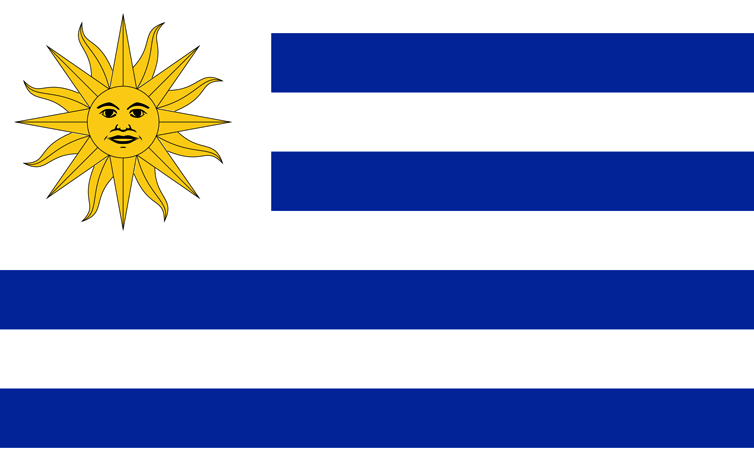DETALLES DEL PRIMER PROYECTO URUGUAYO DE AUTOABASTECIMIENTO CON ENERGÍA EÓLICA
- 11 de diciembre de 2017
[tp lang=»es» not_in=»en»]
Fuente: Energía Estratégica
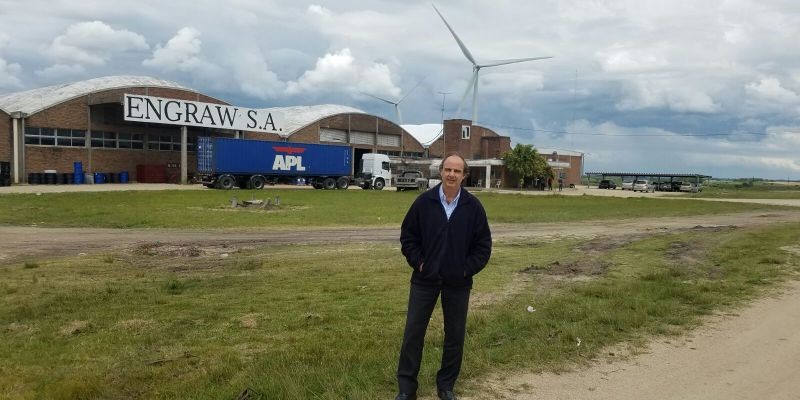
La empresa uruguaya, radicada hace algunos años en la Argentina, ofrece alternativas para abastecer de energía renovable a grandes consumidores de energía eléctrica. Un caso de éxito en el país oriental le permitirá a una empresa ahorrarse 8 millones de dólares.
Si bien las realidades entre ambos países son distintas, ya que en el Uruguay los Grandes Usuarios de energía eléctrica optan por las renovables al tener que afrontar tarifas altas, en la Argentina ese proceso se está dando a través de la Ley 27.191, que fija un consumo del 8 por ciento con energías renovables a partir del 2018.
Es por ello que estos consumidores del mercado eléctrico mayorista, de demandas de potencia a partir de los 300 kW, están averiguando diferentes alternativas de abastecimiento de energías limpias.
Existen tres: adquirirla mediante el Estado, a través de las Compras Conjuntas con CAMMESA –opción por defecto-; establecer un contrato con un privado durante un plazo determinado; o bien, autogenerándola.
Es en ese marco que Ventus Ingeniería está ofreciendo distintas alternativas de contratos entre privados, ofreciendo contratos PPA a plazos de 10, 15 o 20 años con proyectos llave en mano “que incluye desde desarrollar el proyecto, construirlo y operarlo”, cuenta a Energía Estratégica, Juan Pablo Saltre, Socio Fundador y Director de Ventus.
Al día de hoy, la compañía se encuentra en negociaciones con empresas, participando de compulsas privadas, trabajando sobre acuerdos para el montaje de proyectos que parten de los 10 MW con horizontes hacia los 50 MW.
Pero otro plato fuerte que ofrece la firma de origen uruguaya es la autogeneración. Opción que, según proyecta la firma, será más que viable no sólo por el cumplimiento de la meta de la Ley 27.191, sino por la quita de subsidios que el Gobierno nacional ya declaró que irá ejecutando sobre la tarifa eléctrica.
De manera gradual, la administración de Mauricio Macri apunta a que en 2019 las tarifas se parezcan a las uruguayas. Y sobre este escenario Ventus tiene experiencia desde el 2011, cuando dejó operativo el primer proyecto eólico de autogeneración para la fábrica de lana ENGRAW S.A.
La iniciativa surgió con motivos de reducir costos de electricidad, y, según directivos de la compañía, fue un acierto, ya que durante la vida útil de los aerogeneradores de 4 MW de potencia total, estimados en 20 años, se ahorrarán 8 millones de dólares.
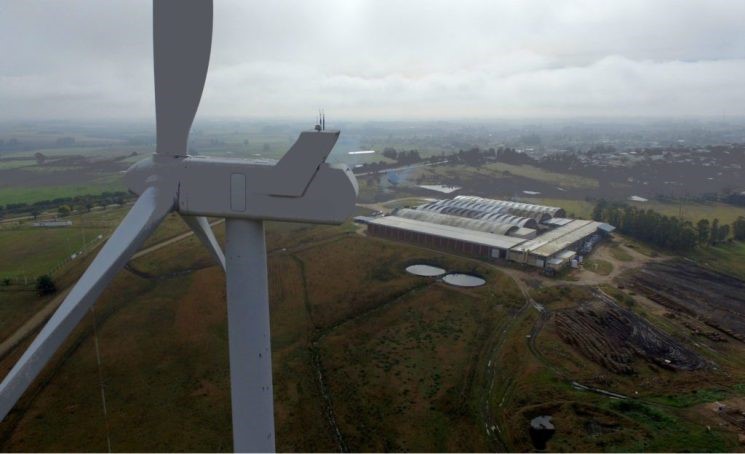
En una entrevista para este portal, Juan Collazo, Jefe de Planta Industrial de ENGRAW, y Diego Wins, por parte de Ventus, como Project Manager del proyecto, cuentan de qué se trata el emprendimiento, cómo surgió y qué resultados arrojó.
-¿Qué lo llevó a tomar esta iniciativa de abastecerse con energía renovable?
Collazo: -La iniciativa se debió a cada vez más altos costos de energía eléctrica en el Uruguay.
Si bien el porcentaje de incidencia total en el costo es relativamente bajo, comparado con una industria intensiva en energía (alrededor del 10%), este se iba incrementando cada vez más en el correr de los años.
Además, al ser una empresa orientada totalmente a la exportación, pertenecemos a un sector muy competitivo en cuanto a costo y debemos mirar cada oportunidad de ser más eficientes.
-¿Y cómo fue el contacto con Ventus?
Collazo: -En realidad, Ventus comenzó luego de la instalación del molino eólico que instalamos en ENGRAW a ser los ingenieros que participaron en nuestro proyecto, los mismos que posteriormente fundaron Ventus.
-¿En qué consiste esta instalación y cuánto demoró en desarrollarse el proyecto?
Wins: -Nunca antes se había implementado un proyecto en esta modalidad. Este fue el primer proyecto de autogeneración industrial en Uruguay. El proceso duró aproximadamente 24 meses. Durante 12 meses se llevaron a cabo mediciones y el desarrollo del proyecto, y el período restante se llevó a cabo la construcción y puesta en marcha del parque.
-¿Qué consumo de energía tiene ENGRAW y en qué porcentaje logra abastecerse con esta fuente de energía limpia?
Collazo: -El consumo de energía promedio nuestro es de 600 a 700 kWh mensuales. El porcentaje que utilizamos de generación propia es de alrededor del 75 por ciento.
-¿Tienen un balance de cuánto se pudieron ahorrar de energía (y de dinero) gracias a la energía renovable?
Collazo: -Como comentaba anteriormente, se ahorró un 75 por ciento de la energía comprada de la red. Esto representó un ahorro anual aproximado de 400.000 dólares. Si trazamos una línea de tiempo, considerando una vida útil de 20 años, podríamos ahorrar hasta 8 millones de dólares.
-¿Cómo resuelve cuestiones de mantenimiento y qué rendimiento tienen los equipos?
Collazo: -Los equipos, cuando se compran tienen una opción de un contrato de mantenimiento durante la vida útil del aerogenerador, con la empresa suministradora del molino. Nosotros tenemos un contrato de mantenimiento con esta empresa, en conjunto con una supervisión realizada por Ventus.
-¿Y están evaluando realizar nuevas inversiones en energía renovable, ya sea para abastecerse o inyectarla a la red eléctrica?
Collazo: -Por ahora no tenemos planes de inversión en cuanto a energía renovable eólica. Con nuestros 2 molinos de 2 MW de potencia cada uno tenemos casi cubierto nuestro consumo de energía como auto-generadores.
-Sí tenemos otros proyectos de energía renovable de otras fuentes, por ejemplo biomasa, utilizando nuestras aguas residuales que también estamos desarrollando con Ventus.
-¿Cuántas iniciativas de este tipo ya han desarrollado en Ventus?
Wins: -Al día de hoy en Uruguay hemos construido 9 proyectos de autogeneración eólicos y solares, a la medida de las necesidades de nuestros clientes.
-Algunos proyectos los hemos implementado en los patios traseros de las industrias, otros aprovechando estructuras preexistentes como los techos de depósitos o empresas.
¿Creen que este know how servirá para ser volcado al mercado argentino?
Wins: -Estamos trabajando junto a Grandes Usuarios en Argentina para brindarles soluciones que les permitan acceder a una fuente de energía limpia, medioambientalmente amigable, y accediendo a precios más competitivos que los del mercado. Para muchos casos, como el de Engraw, permitió a la empresa ahorrar a través de la reducción del costo a través del acceso de energía a través de fuentes propias.
-Seguramente veremos muchos de estos casos próximamente aquí en Argentina.
[/tp]
[tp lang=»en» not_in=»es»]
Source: Energía Estratégica

The Uruguayan company, based in Argentina since some years ago, offers alternatives to supply renewable energy to large consumers of electricity. A success story in Uruguay will allow a company to save 8 million dollars.
Although each country’s background is different, since in Uruguay the Great Users of electric power opt for renewable energy due to the high tariffs of non-renewable energy, in Argentina the same process is taking place because of Law 27.191, which sets a consumption of 8 percent with renewable energies as of 2018.
That is why the consumers of the wholesale electricity market, with power demands starting at 300 kW, are exploring different alternatives for supplying clean energy.
There are three possibilities: acquiring it through the State, through Joint Purchases with CAMMESA -the default option-; signing a contract with a private company for a specific term; or, self-generation.
It is within this framework that Ventus Ingeniería is offering different alternatives for private contracts through 10, 15 or 20-year PPA’s with turnkey projects «that include from the project’s development to construction to operation», as Juan Pablo Saltre, Founding Partner and Director of Ventus explains to Strategic Energy.
As of today, the company has started negotiating with companies, participating in private biddings and working on agreements for the assembly of projects that start from 10 MW to 50 MW.
Another key option offered by the Uruguayan firm is self-generation. According to the company’s projections, this will be highly feasible, not only to fulfil the goal of Law 27.191, but also because of the reduction of subsidies that the national Government has already declared it would implement on the electricity tariff.
Gradually, the administration of Mauricio Macri aims to match Uruguayan tariffs in 2019. In fact, Ventus has experience contributing to a similar scenario. In 2011, the firm executed the first operating wind power self-generation project for the wool factory ENGRAW SA.
The purpose of this initiative was to reduce power costs and, according to its executives, it was a success, since during the useful life of wind turbines with a total power of 4MW, estimated in 20 years, 8 million dollars will be saved.

In an interview for this site, Juan Collazo, Head of ENGRAW Industrial Plant, and Diego Wins, Ventus Project Manager for the ENGRAW project, explain what the project is about, how it came about and what results it has produced.
-What led you to take the initiative to supply yourself with renewable energy?
Collazo: -The initiative was due to increasingly high costs of electricity in Uruguay. Although the percentage of total incidence in the cost is relatively low, compared with an energy-intensive industry (around 10%), it increased more and more over the years.
In addition, being an export-oriented company, we belong to a very competitive sector in terms of cost, and we must look at every opportunity to be more efficient.
-And how was the contact with Ventus?
Mr. Collazo: -Actually, Ventus started working with us after the wind turbine was installed in ENGRAW by the engineers that participated in our project, the same ones who later founded Ventus.
-What did this installation consist of and how long did it take to develop the project?
Mr. Wins: -Never before had a project been implemented with this modality. This was the first industrial self-generation project in Uruguay. The process lasted approximately 24 months. During 12 months, the measurement and development stages were carried out, and the wind farm construction and commissioning was done in the remaining time.
-How much power does ENGRAW consume and in what percentage does it manage to supply itself with this source of clean energy?
Mr. Collazo: -Our average power consumption is 600 kWh to 700 kWh per month. 75 percent of this is self-generated.
-Do you know how much power (and money) you have saved thanks to renewable energy?
Mr. Collazo: -As I said previously, we have saved 75 percent of the power purchased. This represents an annual saving of approximately USD 400,000. If we draw a timeline, considering a useful life of 20 years, we could save up to 8 million dollars.
-How do you solve maintenance issues and what is the performance of the equipment?
Mr. Collazo: -When you purchase the equipment, there is an option of a maintenance contract with the company supplying the wind turbine for the life of the turbine. We have a maintenance contract with this company, together with a supervision carried out by Ventus.
-Are you considering making new investments in renewable energy, either to supply or inject it into the electricity grid?
Mr. Collazo: -For now, we do not have investment plans in terms of wind power. With our wind turbines with 2 MW each, we have almost covered our power consumption as self-generators. We have other renewable energy projects from other sources, e.g. biomass, using our wastewater, which we are also developing with Ventus.
-How many initiatives of this kind have you already developed in Ventus?
Mr. Wins: -To date in Uruguay we have built 9 wind and solar self-generation projects, tailored to the needs of our customers. Some projects have been implemented in the companies’ backyards, others taking advantage of pre-existing structures such as the company’s or warehouse roofs.
-Do you think that this know-how will be used for the Argentine market?
Mr. Wins: -We are working together with Great Users in Argentina to provide them with solutions to allow them to access a source of environmentally friendly and clean energy, while accessing more competitive prices than those of the current market. In many cases, such as Engraw’s, it has allowed the company to save through cost reduction through self-generation. Surely we will see many of these cases soon here in Argentina.
[/tp]
